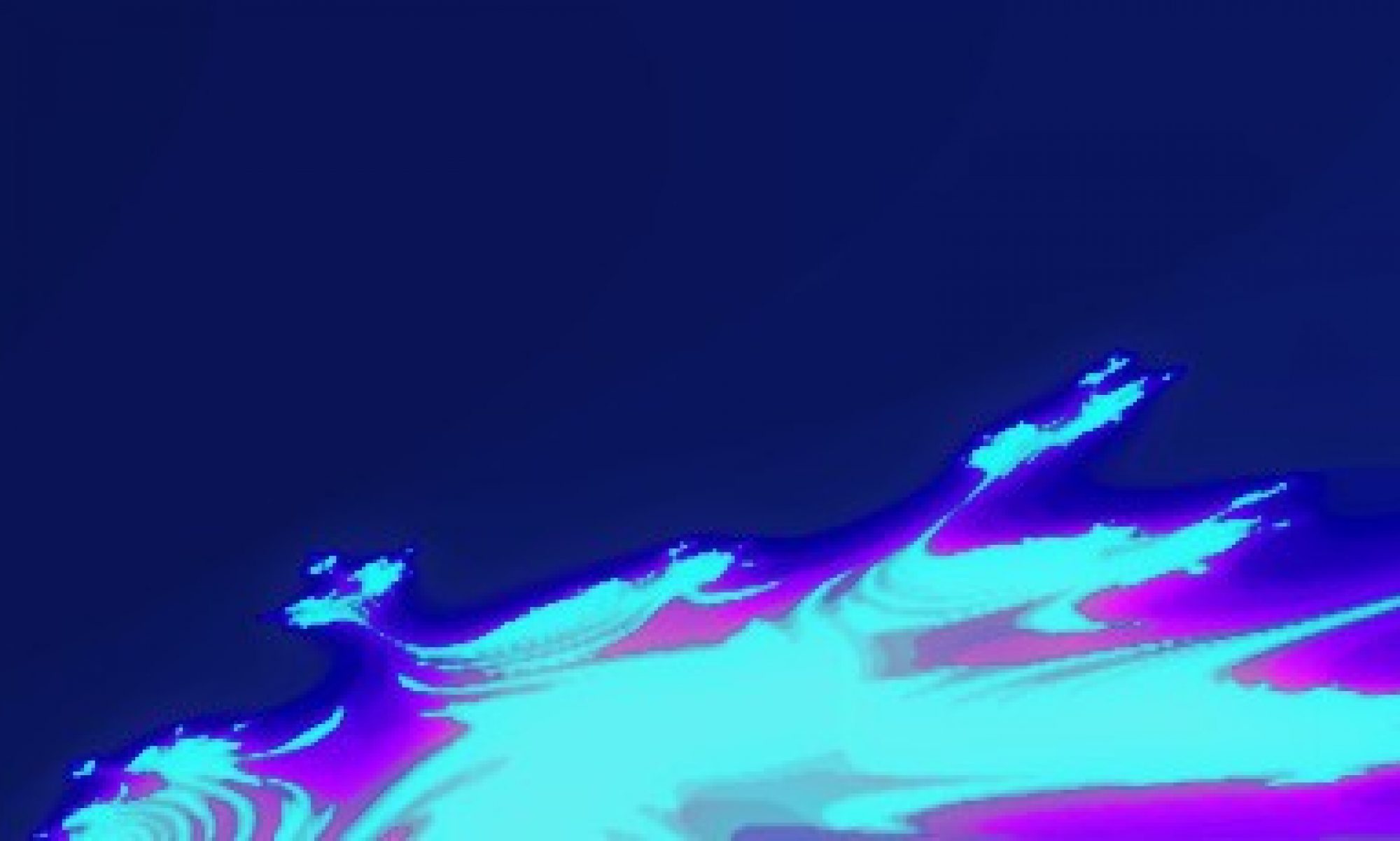This is just another of my experiments, trying to combine Linux and hardware synthesisers. There are a number of interesting details about this video I wanted to share with you here.
Fist, lets talk about the parts involved. There was one main session, with the Volca Keys being recorded (after going through the FX600 and the Nux Time Core for Chorus and Delay) to my main laptop using the Focusrite 2i2, and the Kaossilator2 (KO2) playing an arpeggio using the “Acid Bass” preset, and being recorded to my eeepc using my Behringer UCA-202. Audacity was used in both laptops to record the sound. Then, there was a second recording session with the KO2 pushing the “Deep House” pattern, and also a third recording of me warming up my fingers with the Streichfett being controlled by the MicroKeys25. These latter sessions were all recorded using the Focusrite, although the quality of the UCA-202 is good enough for these backing tracks. Everything was mixed using Ardour.
Now, for the control part. The Nanopad2 is controlling SEQ24, which contains nothing more than a few short MIDI clips. Some of them contain notes, other contain CC data to be sent to the Volca Keys. The Volca Keys is in Poly Ring mode, which gives the “glitchy character” when multiple notes are triggered at the same time. It was nice to finally understand that SEQ24 has a queueing facility, which activates a clip only at its end.
I’m currently planing a short course about SEQ24… ;)
